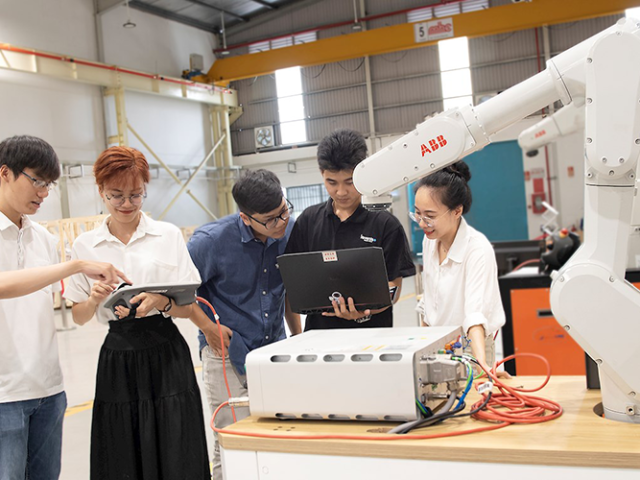Peregrine Mission One is set to embark on a journey from Florida to the Moon on or after January 8, 2024. This historic mission is crucial for advancing future space exploration and establishing a sustained human presence beyond Earth.
Among the mission’s key payloads is the Peregrine Ion Trap Mass Spectrometer (PITMS), a collaborative effort involving The Open University (OU), ESA, NASA Goddard Space Flight Centre, and the Science Technology Facilities Council (STFC) RAL Space. PITMS, built upon the foundations of the Exospheric Mass Spectrometer (EMS) developed by Dr. Simeon Barber of the OU, was supported with £14 million funding facilitated by the UK Space Agency’s membership in the European Space Agency.
This spectrometer will examine the Moon’s sparse atmosphere, focusing on the movement of water and its potential as a resource. This exploration acts as a precursor for future missions to the lunar poles, where water molecules could accumulate in quantities sufficient for astronaut consumption.
Utilising the Moon’s resources lessens reliance on Earth-supplied materials, marking a significant step towards more sustainable space exploration.
PITMS, a NASA-Provided Payload led by Dr. Barbara Cohen from NASA Goddard Space Flight Centre, is part of NASA’s Commercial Lunar Payload Services initiative. The Peregrine lander, developed and operated by Pittsburgh’s Astrobotic Technology, will deliver PITMS to the Moon.
Dr. Simeon Barber from The Open University commented: “PITMS will allow us to study the lunar water cycle and understand how a spacecraft interacts with the lunar surface and atmosphere. NASA’s Commercial Lunar Payload Services initiative is hugely exciting for lunar scientists, as it offers lots of opportunities to put new instruments on the Moon and do great science.”
Libby Jackson, Head of Space Exploration at the UK Space Agency, expressed her excitement: “The Peregrine Lunar Lander will help pave the way for further exploration of our Solar System.
“Witnessing the first instrument from the UK, and indeed Europe, launch to the Moon is a hugely exciting moment. We are looking forward to seeing Peregrine safely on the surface and the return of important data from PITMS to help unlock the secrets of water on the moon.
“It’s fantastic to see our skilled UK experts at the heart of an international mission that will support future long-term presence in space.”
Chris Howe, Production and Software Group Leader at STFC RAL Space, highlighted the broader implications: “The utilisation of the moon’s water could prove vital for future human endeavours in space, so we’re incredibly proud to have had the opportunity to help develop PITMS and are delighted to see safely on its way.
“The technology from PITMS will now help underpin future missions, such as the Rosalind Frankin Rover, so whilst PITMS will only operate for one lunar day on the moon, its legacy will be felt for years.”
The launch is scheduled at Cape Canaveral, and interested viewers can tune in via NASA’s website.




